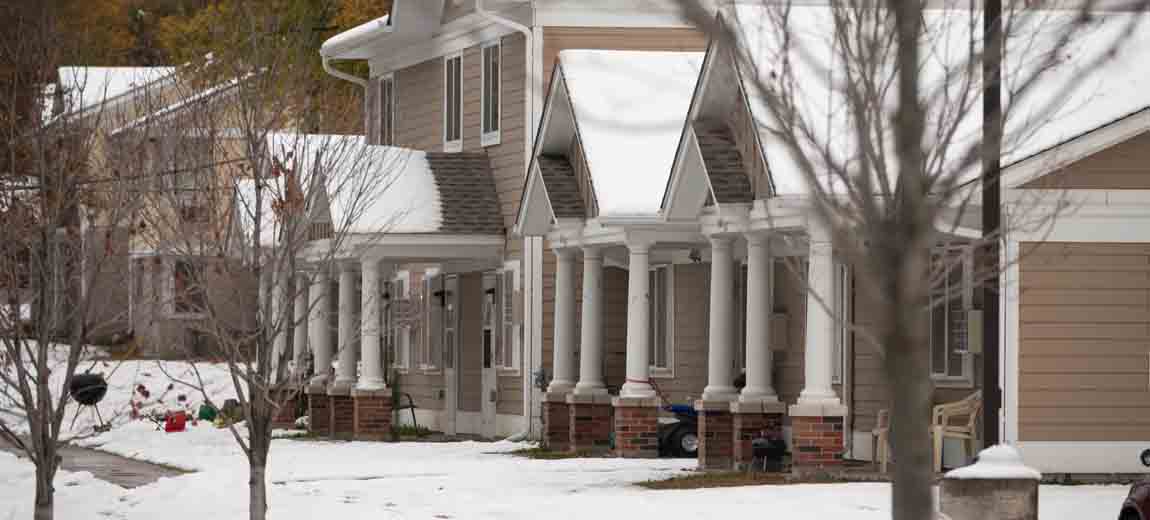As the construction industry begins to slowly recover from major shutdowns earlier this year due to the COVID-19 pandemic, residential construction appears to be a major contributor to this recovery. This should not necessarily come as a surprise, however, considering the high demand for single-family homes, low interest rates, and the increasing need for affordable housing. In fact, according to a 2019 report from the Minnesota Housing Finance Agency, there is a shortage of affordable housing for about 65,000 extremely low-income households in Minnesota. This number is now likely higher due to the economic impact of the pandemic. While the construction of affordable housing certainly creates jobs, the use of the Low Income Housing Tax Credit Program (LIHTC) as the primary tool for financing this needed development may actually depress construction standards and wages.
The LIHTC program is the largest federal housing program and is run by the Internal Revenue Service (IRS). Under the program developers who agree to develop or preserve affordable housing are allocated tax credits from the IRS, which are then essentially sold to investors who get a tax credit for ten years. There are two tax credit levels: a 9% tax credit program for investment projects that are generally extremely low income and supportive housing, and a 4% tax credit for all other affordable housing projects. The LIHTC program, therefore, works as a tool to induce private financing in the development of affordable housing.
As a tool for encouraging private investment, the LIHTC program serves as a backstop for private investors by providing security for their investments. Furthermore, while there are generally requirements for the length of time in which an affordable housing development must remain affordable – usually between 15 and 30 years – there is not a requirement of permanent affordability, unlike publicly financed and publicly owned housing that is generally permanently affordable. The LIHTC program therefore serves to offset near term capital inputs for the development of affordable housing, while still allowing for profits down the road after the affordability term expires.
The LIHTC program allows for private developers to take advantage of, and eventually profit off of a public need for housing, by keeping affordable housing construction within the private real estate market. This inherent problem has trickle down harms and consequences for construction standards and wages. Housing projects that are publicly owned and that receive direct public sector funding oftentimes carry numerous requirements that benefit the construction industry. These requirements may include workforce development initiatives, the purchase of American steel and materials, and prevailing wages. Privately financed housing projects, however, generally do not incorporate these requirements or have compliance structures in place to enforce them. Therefore, despite being the largest federal affordable housing program, the LIHTC program has few, if any, regulatory mechanisms that promote high standards and good wages in residential construction.
As the need for affordable housing continues to grow, residential construction is likely to increase as new projects emerge. While the LIHTC program certainly encourages near-term development, its lack of permanency and industry supportive requirements may have long-term negative effects for both tenants and workers. In order to meet both the demand for affordable housing and the need for high standards in residential construction, greater public sector financing and ownership is needed.




